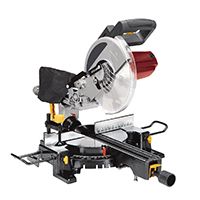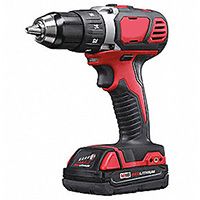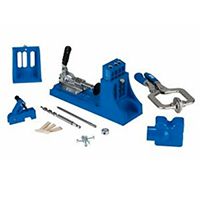Project details
Skill
Cost
Estimated Time
Jenn Largesse starts by assembling a very basic porch swing frame using 2×4 and 2×6 lumber. To keep this project budget-friendly, she skips the expensive outdoor cushion, and instead uses a repurposed crib mattress with a waterproof shell. Once a few outdoor pillows are added, this seat is ready for lounging.
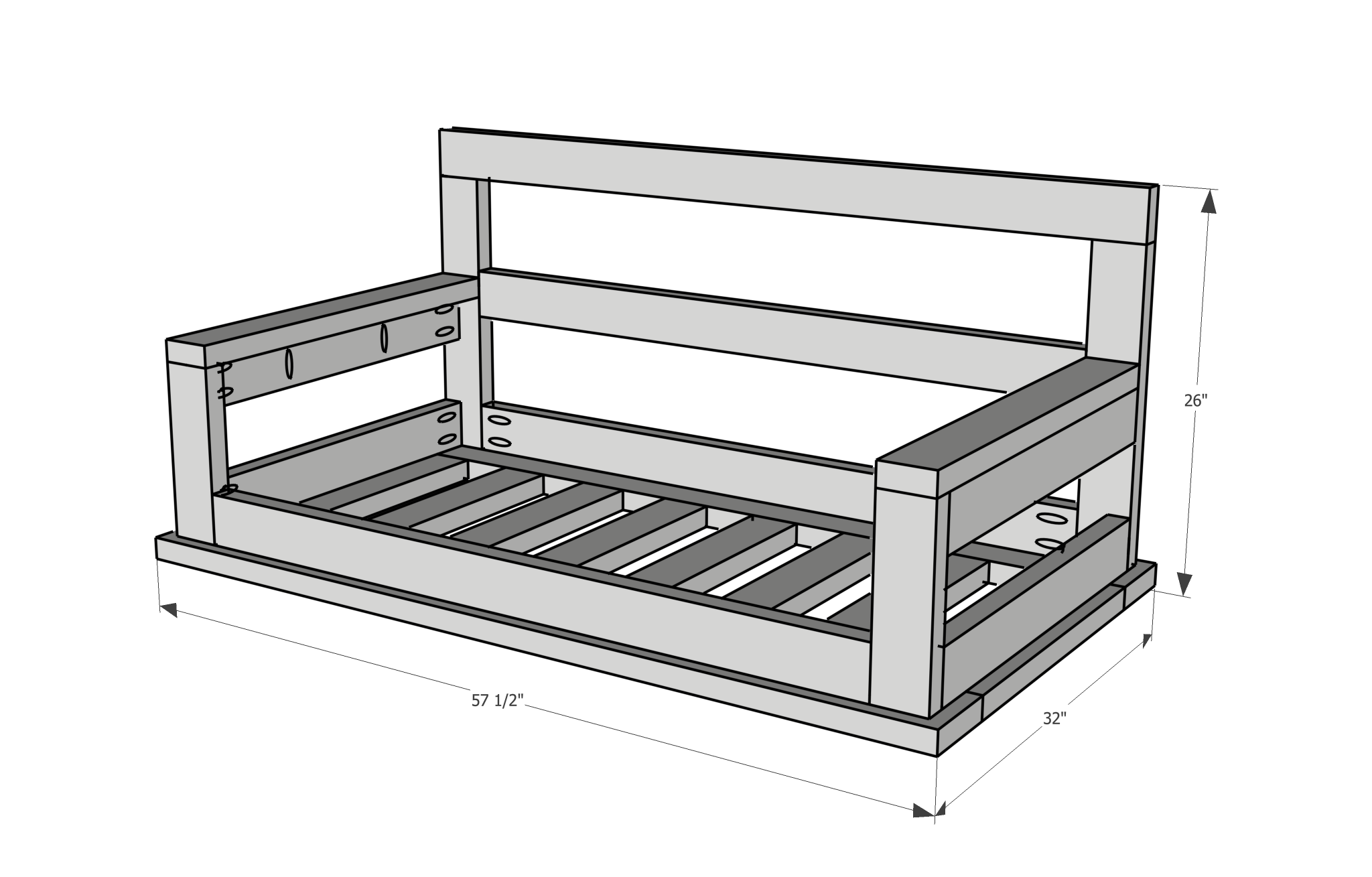
Steps for building an easy, DIY porch swing:
1. Cut the Boards to Size
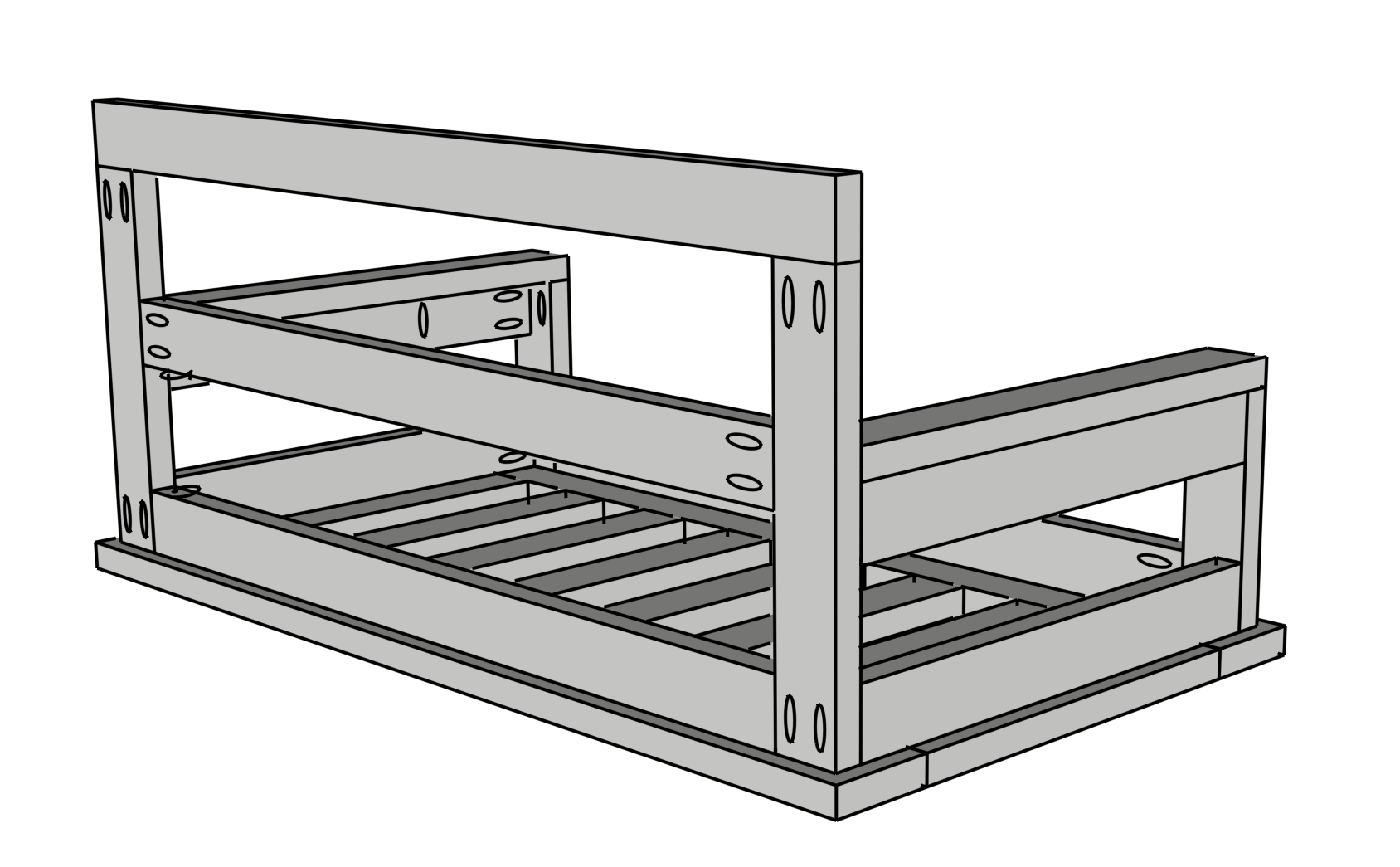
• Using the cut list provided, cut the 2×6 and 2×4 pieces to length.
2. Drill the Pocket Holes
• Prep the boards with pocket holes noted in the cut list for a strong and sturdy assembly.
3. Assemble Base Pieces
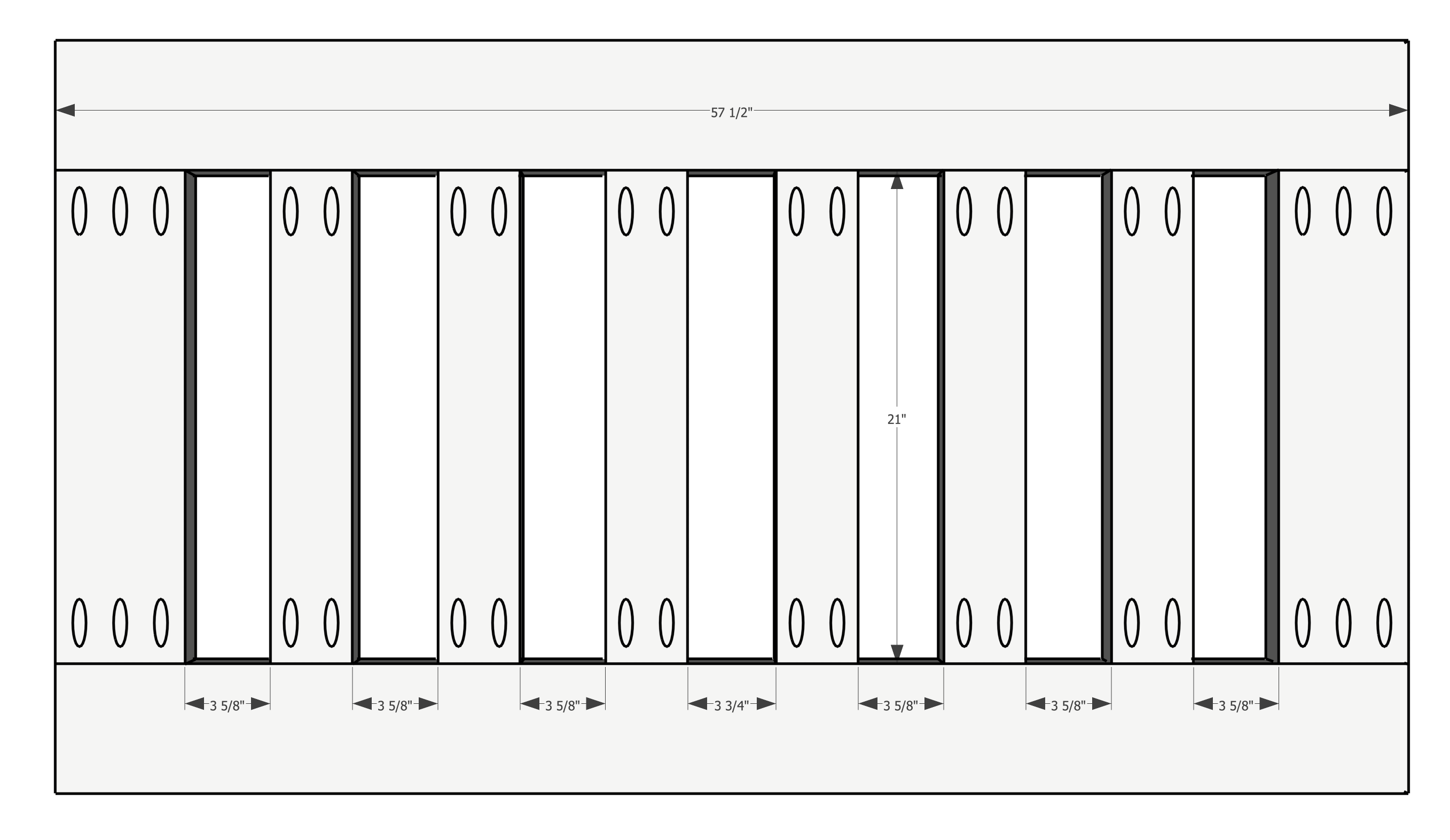
• Layout the pieces of the base positioning the 2×6 ends flat between the front and back boards, and then add the 2×4 support pieces.
• Cut a scrap block to a width of 3 5/8-inches to use as a spacer.
• Apply glue at each joint, and then secure the boards using a drill/driver and 2 ½-inch pocket hole screws, working from each end inward.
• As noted in the provided drawing, the center gap will be slightly larger at 3 ¾-inches.
4. Create the Front of the Seat Frame
• Lay the front rail flat on the work surface with its pocket holes facing upward.
• Position the armrest supports with their pocket holes also facing upward, perpendicular at each end and flush with the bottom edge of the rail.
• Drive pocket hole screws through the front rail and into the armrest supports.
5. Create the Back of the Seat Frame
• Lay the back rail flat on the work surface with its pocket holes facing upward.
• Position the ends of the backrest with their pocket holes facing downward, perpendicular at each end and flush with the bottom edge of the rail.
• Drive pocket hole screws through the back rail and into the boards.
(Note in the video, this is when I attach the side rails, but then found it difficult to get my drill into some of the tight corners, so we’ll continue assembling the back and armrest before attaching the side rails between them.)
• Flip the assembly and lay the middle support between the backrest’s ends with its pocket holes facing upward.
• Secure the board centered on the height of the end boards.
• Position the uppermost board above the ends.
• Drive pocket hole screws through the end boards and into the horizontal board to secure it in place.
6. Finish Building the Sides
• Apply glue to the top end of an armrest support.
• Position the armrest flat on top of the armrest support, flush with its front face.
• Drive pocket hole screws through the armrest support and into the underside of the armrest.
• Repeat to attach the remaining armrest.
• Stand the front and back assemblies upright, and install the side rail between them, flush with the outside edge and with the rails’ pocket holes facing inward.
• Finish by driving screws through the back end of the armrest and into the backrest’s vertical end boards.
7. Support the Armrest
• Attach another board on edge under the armrest to provide further support—driving screws through its ends and through its top edge and into the underside of the armrest.
• Repeat to support the remaining armrest.
8. Secure the Seat Frame to the Base
• Now place the assembled seat frame onto the base, 1 inch inside each edge.
• Lift the frame to apply glue under each rail, and the drive screws through the exposed pocket hole in each armrest support, and both pocket holes in the back uprights.
• Flip the assembly up and drive 3-inch deck screws through the base and into the perimeter of the frame every 6-8 inches.
9. Apply a Finish
• Apply paint or stain as desired and let dry.
10. Add the Eye Bolts
• Drill ½-inch holes through the side rails, about 3 inches from their ends to avoid the pocket holes on the opposing side.
• Push an eyebolt screw through each hole, and secure it on the opposite side with a nut.
11. Install the Hanging Hardware
For detailed information about this process, watch this video featuring This Old House general contractor Tom Silva.
• Similar to the video, our porch ceiling has beadboard panels, so I removed several panels to locate and reinforce our ceiling joists with blocking,installed between the joists.
• Reinstall the panel above the blocking, leaving one panel off so you can locate it during installation.
• Drill holes for the swing hardware, and screw the hardware into place with the provided lag screws, and reinstall the final bead board panel.
12. Hang the Swing
• Prop the swing to the desired height. I’m using folding chairs, which sit at about 18 inches high.
• Once I remove the chairs, the swing will compress the knots and sink down to about 16 inches, which creates a better seat height for the thickness of my cushion.
• Thread the rope through the swing hardware and down through the eye bolts on each side.
• Knot the rope below each eye bolt.
• Remove the supports, press down to compress the knots, level the swing front-to-back if necessary, and then trim the excess rope.
• Add outdoor cushions (or in my case, a repurposed crib mattress) and enjoy your new porch swing.
Tools
Materials
- (2) 2 x 6 x 8 boards
- (6) 2 x 4 x 8 boards
- (4) porch swing hanging hardware
- 2½-inch pocket hole screws
- 3-inch deck screws
- Paint or stain
- 3/4-inch rope—Get enough to reach from the ground to hanging height, times four
- Porch swing outdoor cushion (optional), or a repurposed crib mattress
Cut list for porch swing bench
- 2×6 front and back -2 @ 57 ½ inches2x6 ends -2 @ 21 inches (3 pocket holes at each end)
- 2×4 supports -6 @ 21 inches (2 pocket holes at each end)
- 2×4 front and back and backrest -3 @ 48 ½ inches (2 pocket holes at each end)
- 2×4 side rails -2 @ 27 (2 pocket holes at each end)
- 2×4 armrest horizontal supports -2 @ 27 (2 pocket holes at each end, and two along the side of the board)
- 2×4 armrest vertical supports -2 @ 12 inches (2 pocket holes at one end)
- 2×4 handrail -2 @ 28 ½ inches (2 pocket holes at one end only)
- 2×4 headrest -1 @ 55 ½ inches


